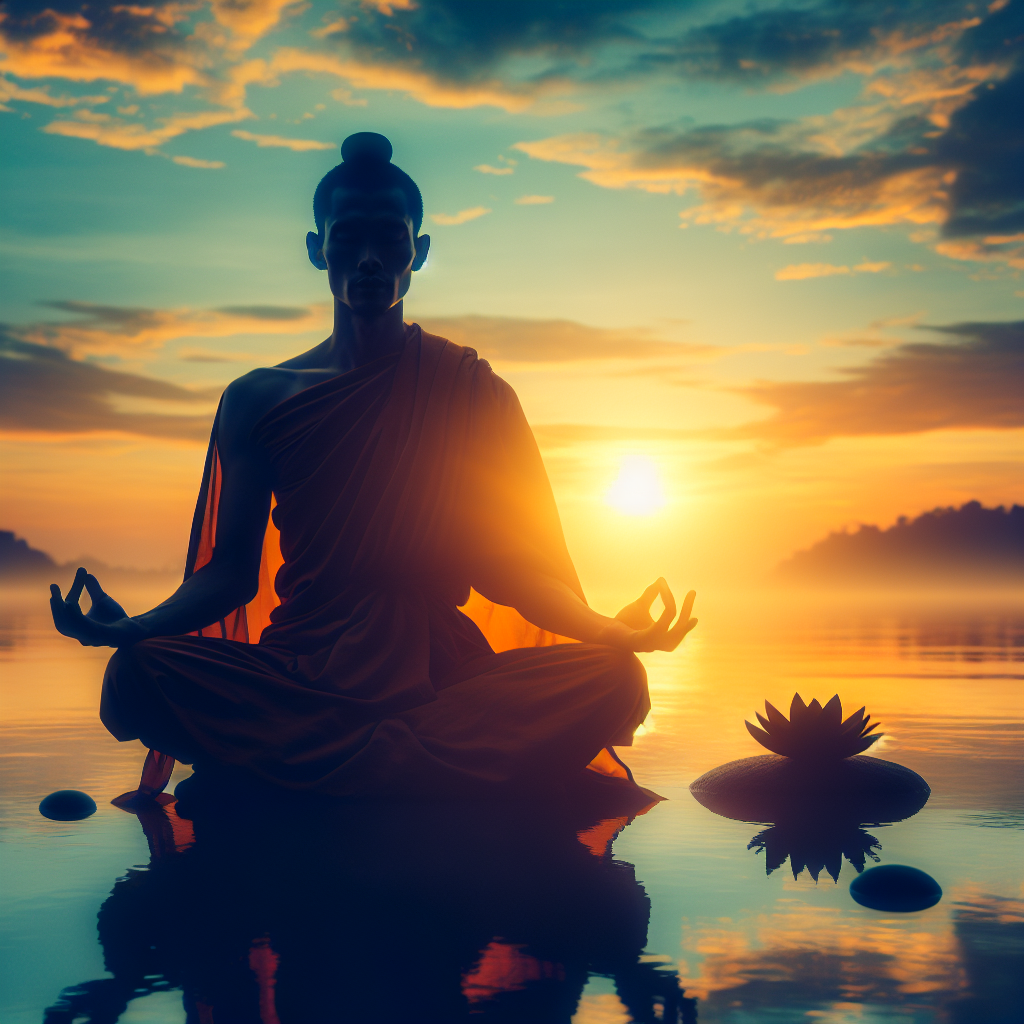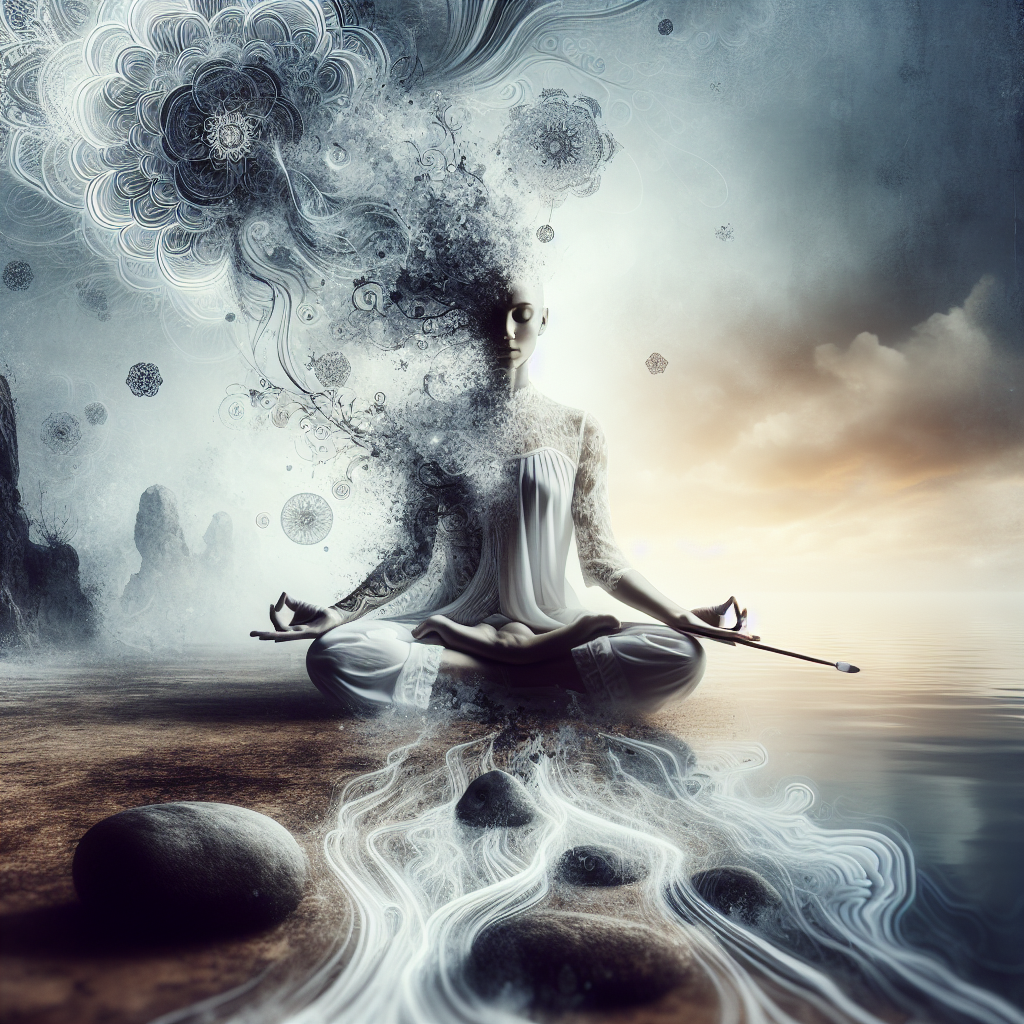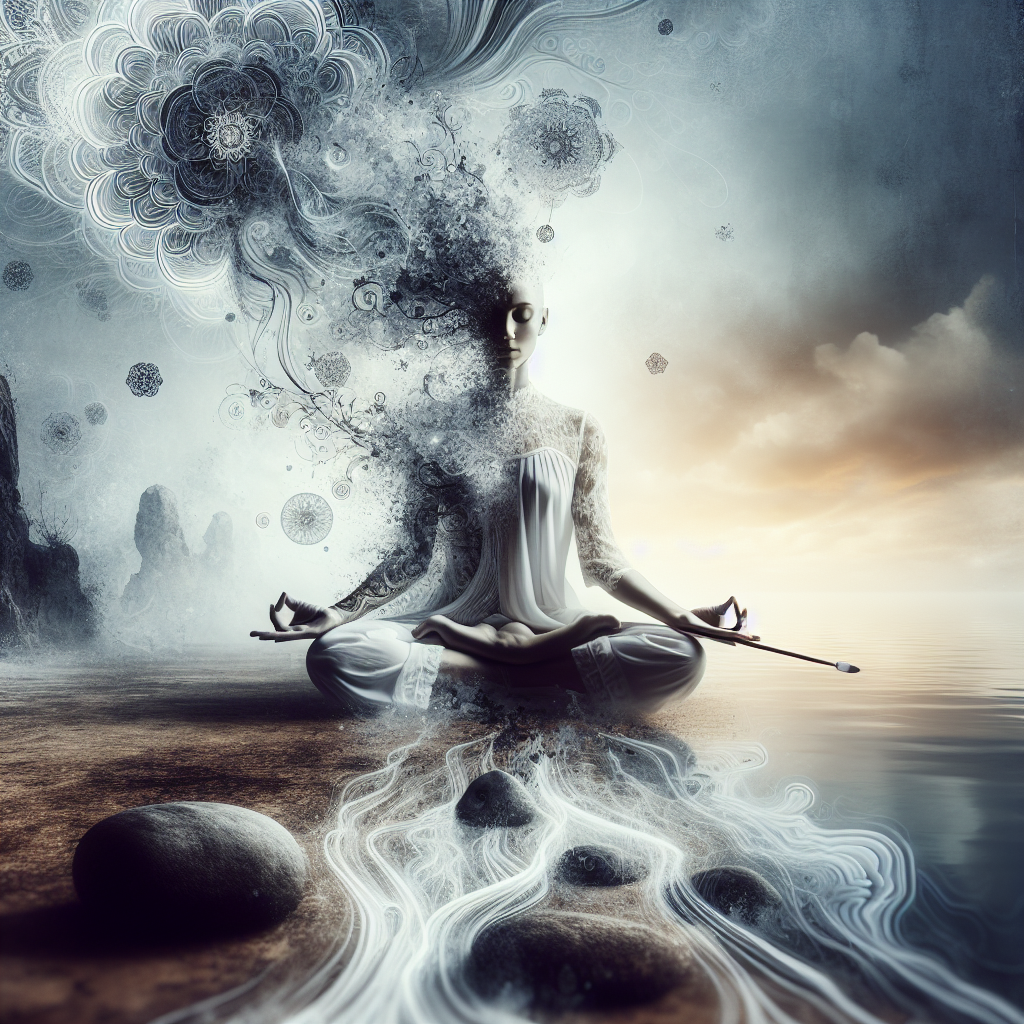Are you curious about what exactly happens when you meditate? In this article, we will explore the inner workings of meditation and delve into the various techniques and practices involved. Whether you are a seasoned meditator or someone who has always wondered about the benefits of this ancient practice, this article will provide you with a glimpse into the world of meditation and how it can positively impact your mind, body, and overall well-being. So, let’s embark on this enlightening journey and discover the wonders of meditation together.
What Do You Actually Do When Meditating?

Meditation: A Brief Overview
Meditation is a practice that has been around for centuries and is known to have numerous physical, mental, and emotional benefits. At its core, meditation involves training your mind to focus and redirect your thoughts through various techniques. While the specific methods may vary, the ultimate goal of meditation is to achieve a state of mental clarity and inner peace.
Preparing Yourself for Meditation
Before you begin your meditation practice, it’s important to take a few moments to prepare yourself mentally and physically. Find a quiet and peaceful space where you can relax without distractions. This could be a dedicated meditation room or simply a corner of your home where you feel comfortable. It’s also helpful to set aside a specific time for your meditation practice, creating a routine that works for you.
Creating the Right Environment
Creating the right environment for meditation is crucial to your practice. Start by ensuring that the space you choose is clean and clutter-free. This helps to minimize distractions and allows you to focus fully on your meditation. You may also want to consider using soft lighting, candles, or incense to create a calming atmosphere. Experiment with different elements and find what works best for you in creating a serene and tranquil environment.
Choosing a Comfortable Meditation Posture
One of the key aspects of meditation is finding a comfortable posture that allows you to sit still for an extended period of time. There are several options you can consider, depending on your flexibility and personal preference. The most common meditation postures include sitting cross-legged on the floor, using a meditation cushion or stool, or sitting on a chair with your feet flat on the ground. The important thing is to choose a posture that feels stable and comfortable for you, allowing you to maintain proper alignment throughout your session.

Focus and Concentration Techniques
During meditation, the mind tends to wander, making it essential to develop techniques to enhance focus and concentration. One common method is to focus on the breath. Concentrate on the sensation of inhaling and exhaling, observing the rise and fall of your belly or the feeling of air passing through your nostrils. Whenever your mind starts to wander, gently bring your attention back to the breath. This practice of returning your focus to the present moment helps to strengthen your ability to concentrate and remain mindful.
Breathing Techniques
Breathing techniques play a significant role in meditation and can help you deepen your practice. One popular technique is called “mindful breathing.” Find a relaxed and natural rhythm in your breathing, paying close attention to each inhalation and exhalation. Notice the sensation of the breath entering and leaving your body, without trying to control or manipulate it. This mindful awareness of the breath helps to anchor your attention in the present moment, cultivating a sense of calm and relaxation.
Body Scanning and Relaxation Techniques
Another technique commonly used in meditation is body scanning. This involves consciously observing and relaxing different parts of your body, starting from the top of your head and working your way down to your toes. As you scan each area, bring your awareness to any tension or discomfort, and consciously release it with each exhalation. This practice helps to promote physical relaxation, reduce muscle tension, and create a greater sense of overall well-being.
Incorporating Mantras or Chants
Mantras or chants are repetitive words, phrases, or sounds that can be used as a focal point during meditation. By repeating a mantra, you can help still your mind and deepen your concentration. Choose a mantra that holds personal meaning or simply use a simple word or sound. As you repeat the mantra, allow the vibrations and resonance to flow through your body, helping you to enter a deeper state of relaxation and inner peace.
Guided Meditations: Using Audio or Visual Aids
For those who find it challenging to meditate on their own or are new to the practice, guided meditations can be a helpful tool. Guided meditations involve listening to an audio recording or following along with a visual aid that provides instructions and prompts for your meditation. These recordings often include soothing music, calming voices, and specific guided imagery to help you relax and focus. Guided meditations can be found online, through mobile apps, or even by attending meditation classes or workshops.
Walking or Movement Meditation
While sitting meditation is the most common form, meditation can also be practiced through movement. Walking meditation is a beautiful way to cultivate mindfulness and awareness while being physically active. Find a quiet and peaceful space outdoors, and walk slowly and deliberately, paying attention to each step and the sensations in your body. Notice the feeling of your feet connecting with the ground, the movement of your arms, and the sounds of nature around you. This gentle movement combined with mindful awareness can help bring a sense of peace and clarity to your practice.
In conclusion, meditation is a personal journey that offers numerous benefits for your mind, body, and soul. Whether you choose to focus on your breath, practice body scanning, use mantras or guided meditations, or explore movement meditation, the key is to find a technique that resonates with you. Embrace the process and allow yourself the time and space to cultivate a regular meditation practice, experiencing the transformative power it holds in bringing peace, calm, and greater self-awareness into your life. Happy meditating!
